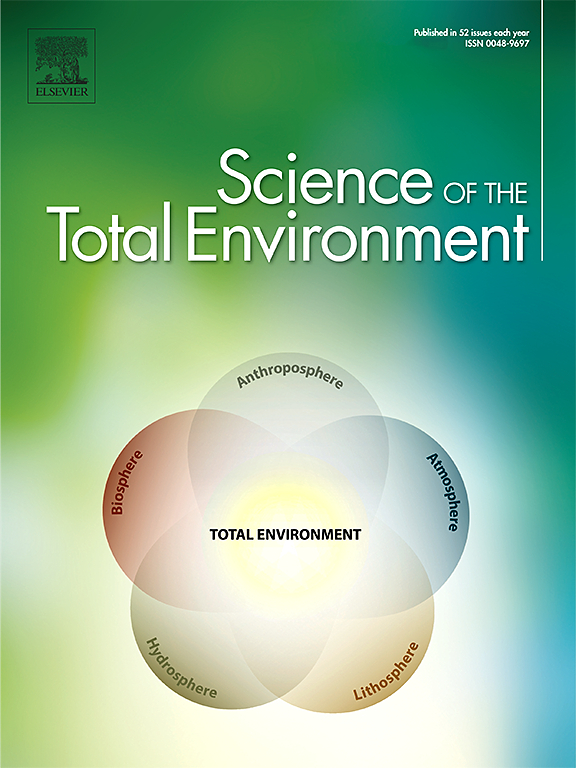Concentrations of per- and polyfluoralkyl substances in estuarine systems can vary greatly within tidal cycles
IF 8.2
1区 环境科学与生态学
Q1 ENVIRONMENTAL SCIENCES
引用次数: 0
Abstract
Per and poly-fluoroalkyl substances are currently of concern due to their widespread occurrence, resistance to degradation and potential toxicity. Major efforts are underway worldwide to assess environmental concentrations of PFAS, but most monitoring is done at a single time point. Little consideration is given to how such concentrations might vary over time. In this study, the concentrations of 44 PFAS were measured hourly over 24 h (two tidal cycles) in three estuaries in Victoria, Australia. The most prevalent compound was PFHxS at a maximum concentration of 72.3 ng/L. Concentrations of ΣPFAS showed between four- and seven-fold differences during the 24-hour sampling period. Environmental measurements showed this was likely due to seawater diluting the concentration of PFAS in the estuary during tidal influxes. Randomly timed grab samples thus have a high risk of mischaracterising the true range of concentrations of PFAS in estuarine systems and/or underestimating the highest concentration present, which may result in an underestimation of risk to such systems.

求助全文
约1分钟内获得全文
求助全文
来源期刊

Science of the Total Environment
环境科学-环境科学
CiteScore
17.60
自引率
10.20%
发文量
8726
审稿时长
2.4 months
期刊介绍:
The Science of the Total Environment is an international journal dedicated to scientific research on the environment and its interaction with humanity. It covers a wide range of disciplines and seeks to publish innovative, hypothesis-driven, and impactful research that explores the entire environment, including the atmosphere, lithosphere, hydrosphere, biosphere, and anthroposphere.
The journal's updated Aims & Scope emphasizes the importance of interdisciplinary environmental research with broad impact. Priority is given to studies that advance fundamental understanding and explore the interconnectedness of multiple environmental spheres. Field studies are preferred, while laboratory experiments must demonstrate significant methodological advancements or mechanistic insights with direct relevance to the environment.
 求助内容:
求助内容: 应助结果提醒方式:
应助结果提醒方式:


